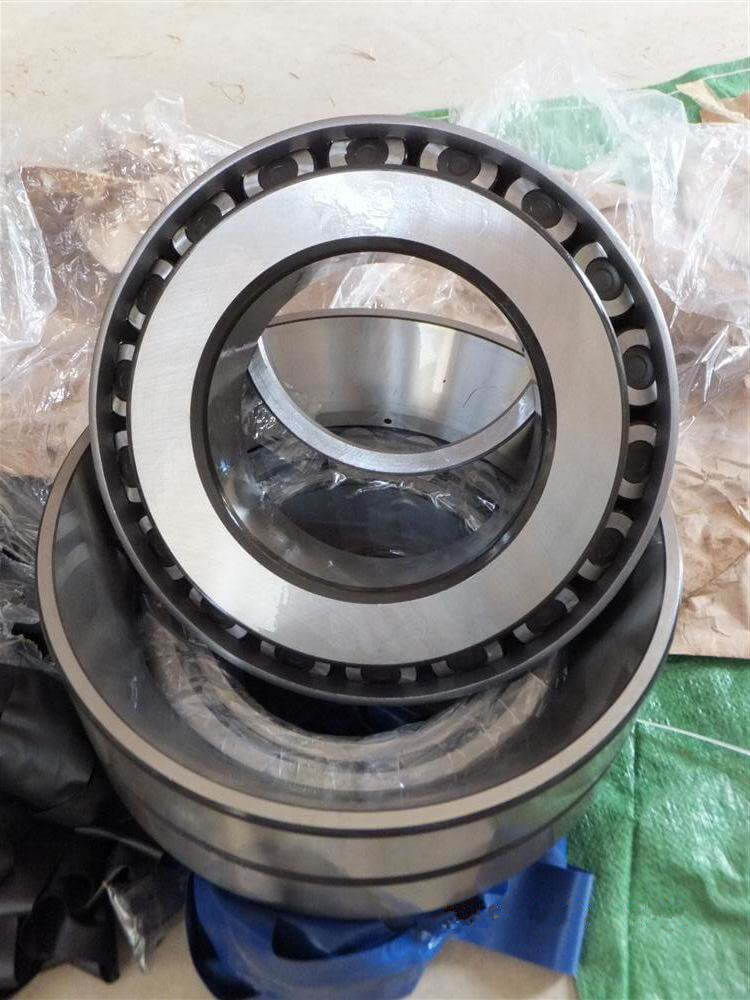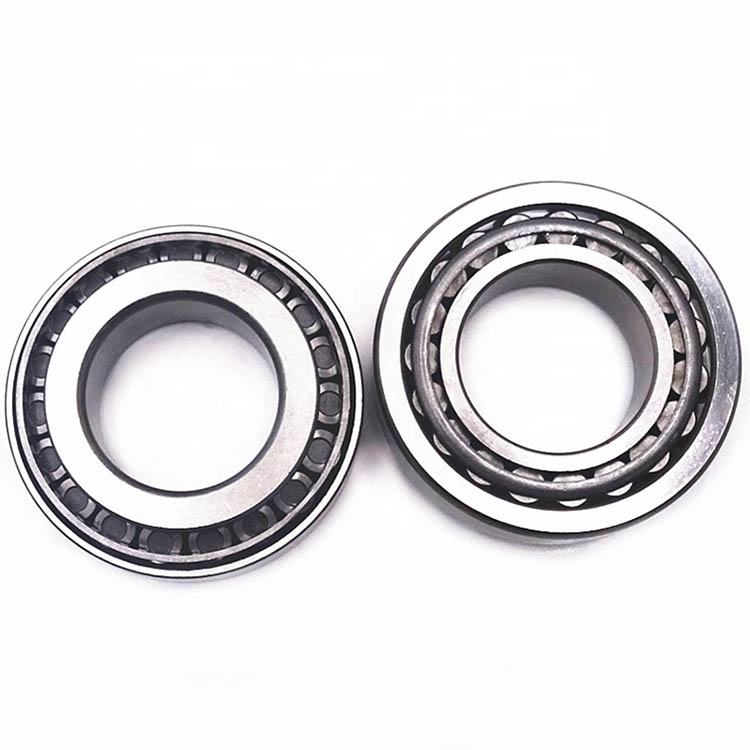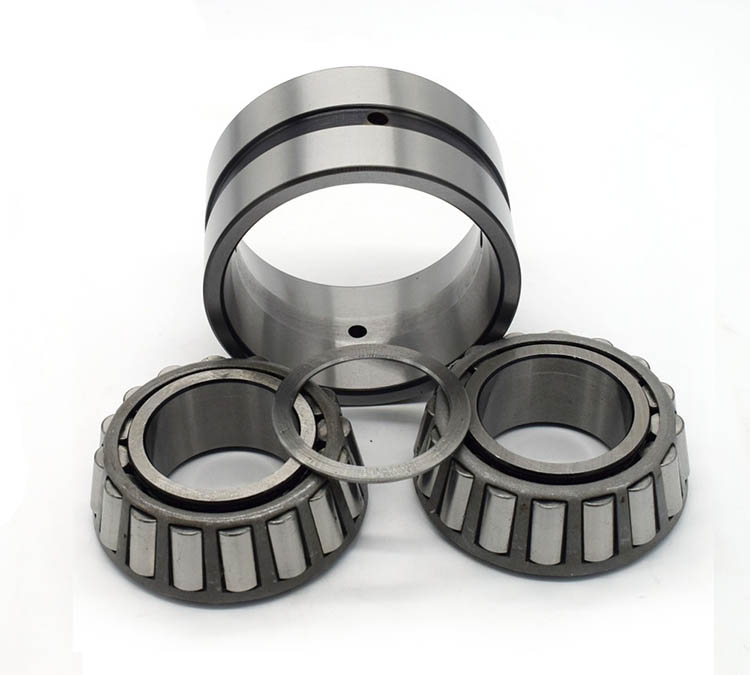1.1 Structure of conical bearing
conical bearing is the unit composed of tapered raceways (inner and outer rings) and tapered rollers. This structure is suitable for combined loads, such as axial and radial loads acting in both directions. The projection lines of all conical surfaces converge at the same point on the bearing axis to improve rolling while reducing friction.
According to the increase or decrease of the contact angle, the load capacity can be increased or decreased. The larger the contact angle, the higher the load capacity. And they are often used in pairs to better distribute radial loads. In some heavy-duty applications, two or four groups can be used together.
1.2 characteristics of conical bearing
In terms of the structure of conical bearing, there are the following characteristics;
(1) They are separable design bearings, that is, the inner race with rolling elements constitutes a unit, which can be installed on the outer race separately.
(2) The axial bearing capacity of the bearing depends to a large extent on the contact angle corresponding to the angle of the outer raceway.
(3) conical bearing can withstand combined (axial and radial) loads to a large extent, so they have obvious advantages over other bearings.
1.3 Types of conical bearing
(1). Single Row Tapered Roller Bearing
(2). Double Row Tapered Roller Bearing
(3). Four Row Tapered Roller Bearings
2.Advantages of conical bearing
Tapered roller bearings have many advantages. Because the roller is conical and the cone has an angle, it can easily withstand loads in all directions. It withstands axial thrust and radial loads better than spherical, cylindrical or needle bearings.
The geometry of the conical bearing allows the rollers to slide between the raceways, which means that it is not possible for the rollers to slide freely when the rollers are loaded. Tapered roller bearings have minimum load requirements to ensure non-slip between the roller and raceway. Because slip is harmful, it can damage the lubrication of the roller or raceway surface, which will cause contact surface wear and premature bearing failure.
Due to the unique design of conical bearing, friction is reduced, which in turn reduces heat during operation. The tapered shape allows the rollers to evenly transfer loads as they roll. This greatly reduces wear, which in turn improves durability. Today tapered roller bearings are commonly used in transmission shafts and rotary shafts. Due to the high durability of these bearings, the service life of the bearings can be significantly improved. Due to their reliability, they can also perform many heavy operations.
3. Disadvantages of conical bearing
In some cases, tapered roller bearings also have some disadvantages. Tapered roller bearings cannot withstand dynamic misalignment loads. Therefore it cannot adjust the dynamic misalignment load like spherical roller bearings. Therefore, in some applications, this deficiency can be compensated by the design of the bearing housing.
Another disadvantage of conical bearing is speed limitation. Although tapered roller bearings can run at high speeds, they are well below the speed limits that ball bearings can reach, and ball bearings generate less heat at higher speeds.




